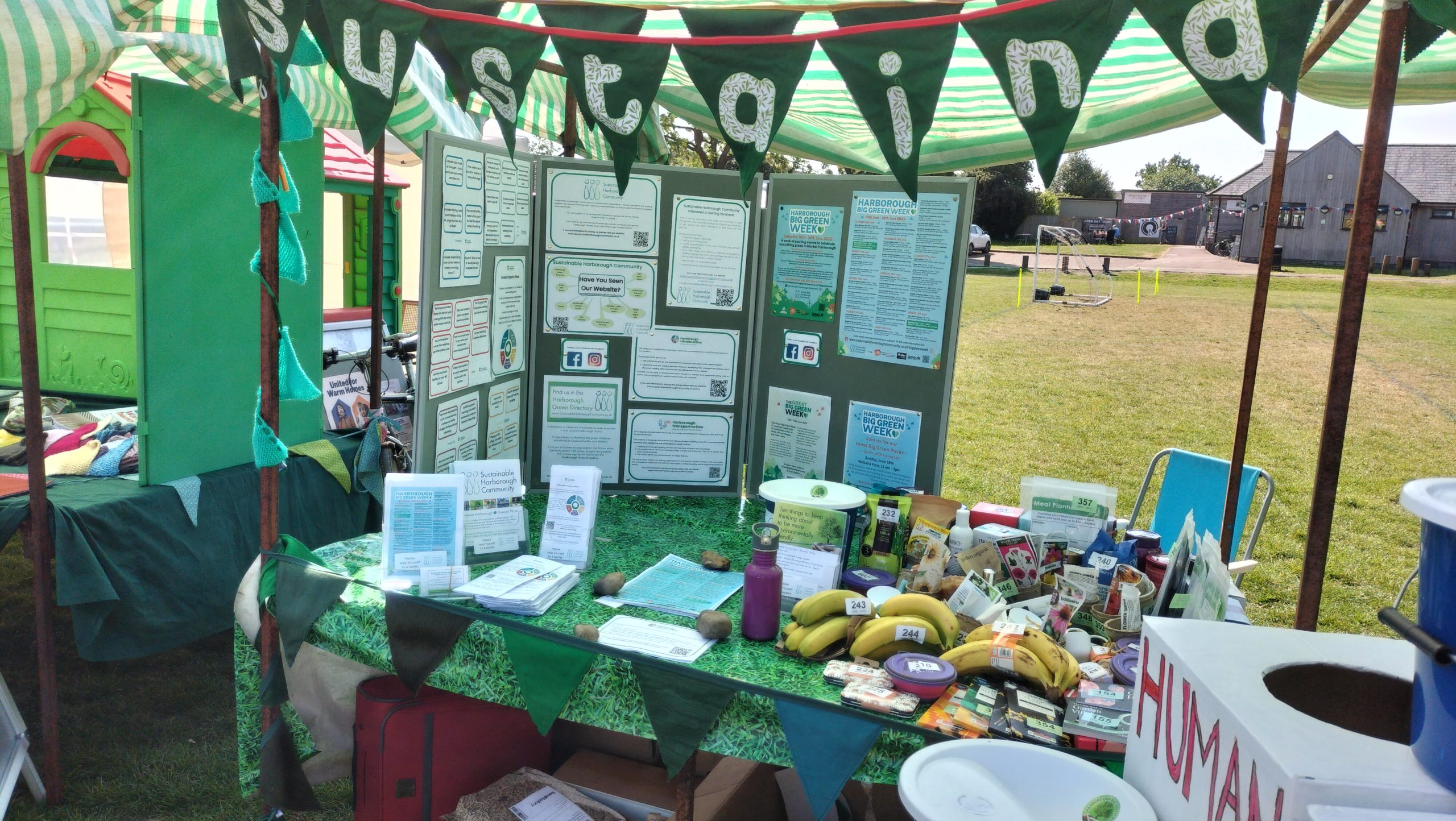
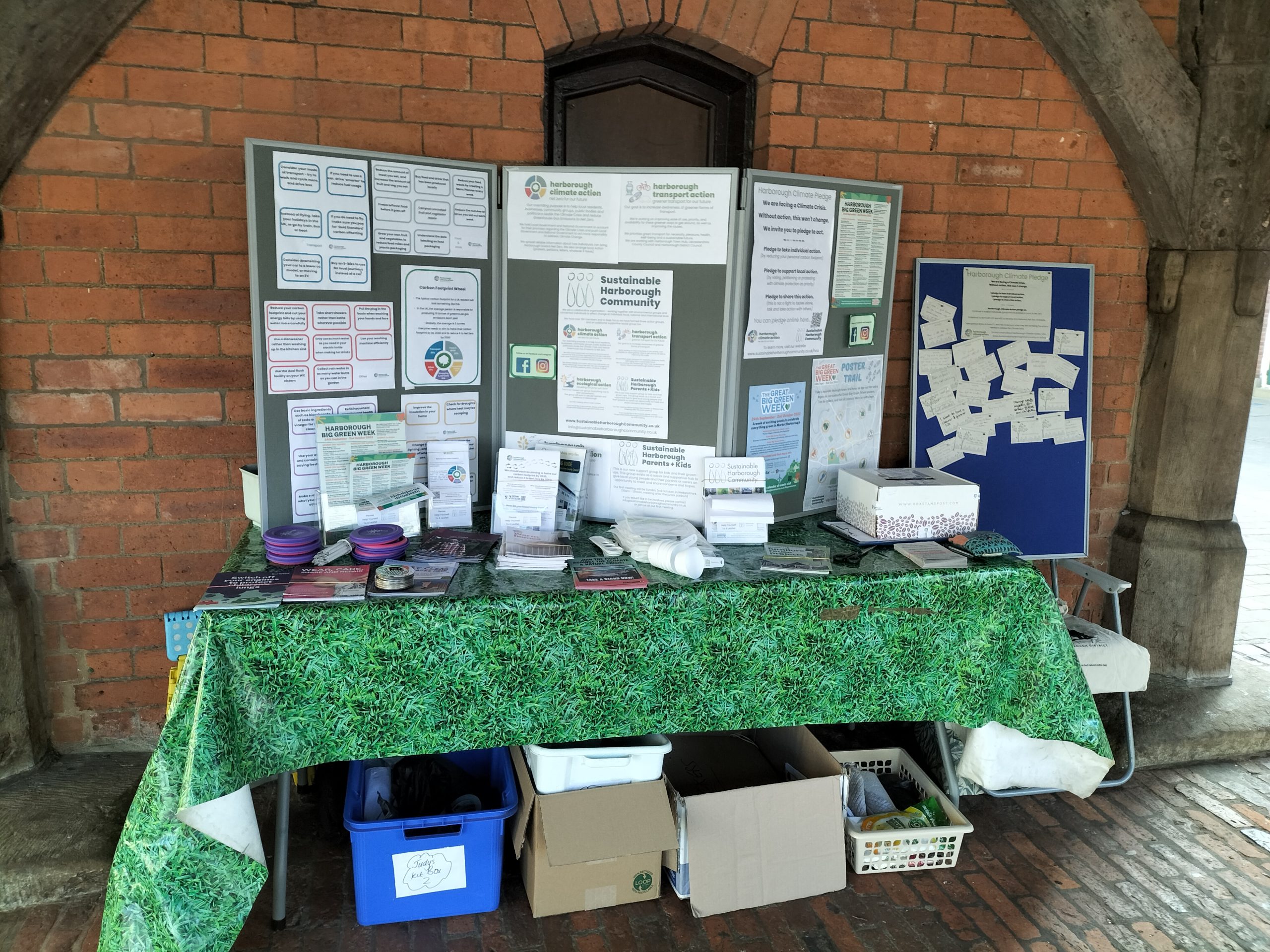

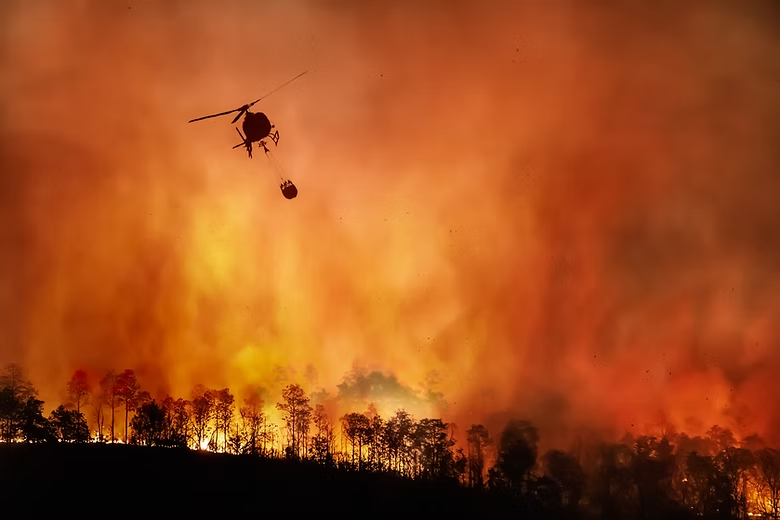
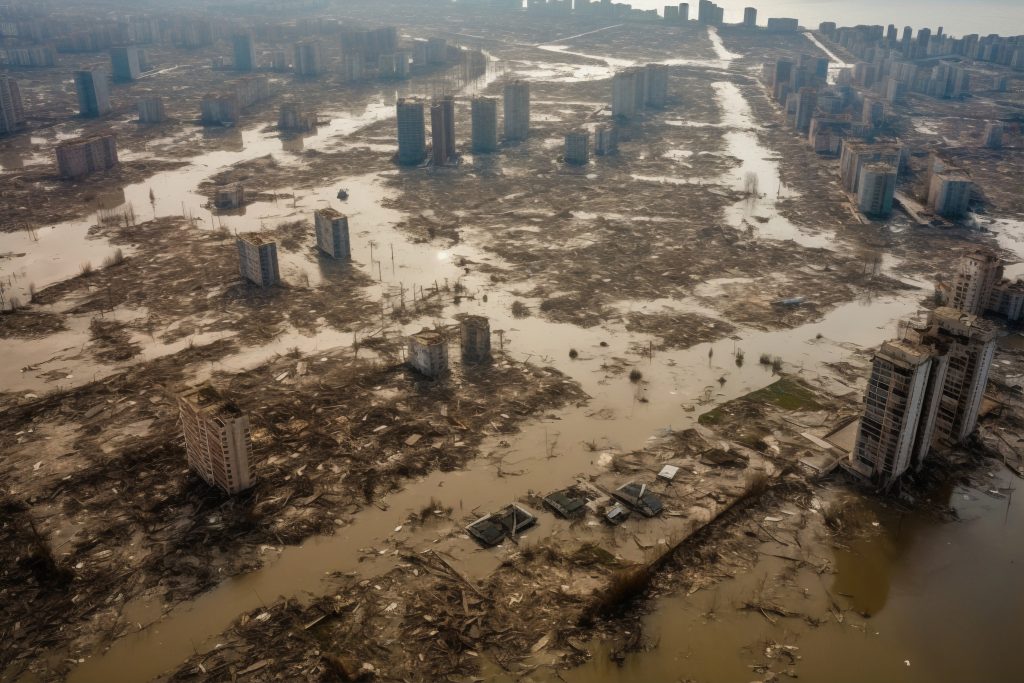
Every day we see new and shocking images – forest fires, the melting of the polar ice caps and flooding.
Events came close to home when, in the summer of 2021, the Kibworths were subject to a colossal hailstorm, which resulted in flooding and damage to property.
It is now generally accepted that the cause of these catastrophic events is the increased heating of the Earth’s climate system since the pre-industrial period due to human activities (anthropogenic).
This is caused by the emission of Greenhouse Gases, which is the term to describe a mix of carbon dioxide, methane and nitrous oxide (amongst others), which trap heat in the atmosphere and warm the planet.
The burning of fossil fuels is one contributor to these gases. Other causes are methane gases given off by livestock.
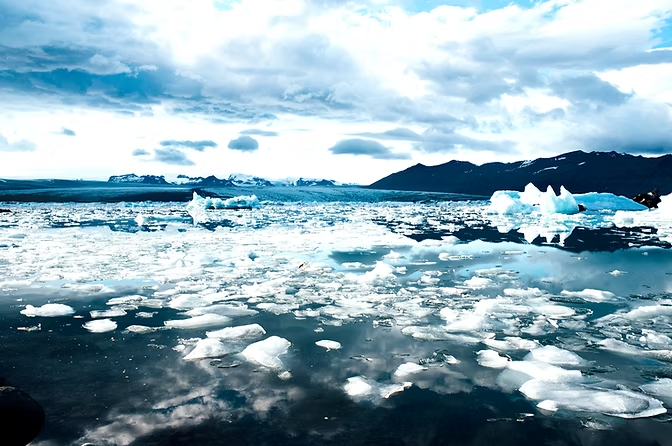
The Earth’s average global temperature before the industrial revolution was 14 degrees. To date it has risen by 1.2 degrees. Greenhouse gases have increased from some 280ppm to 400.
Scientists have determined that unless we can control our greenhouse gas emissions to limit temperature increase to 1.5 degrees, we are in serious trouble.
And there are scary tipping points. For example the melting of glaciers releases deadly methane gases, trapped below, for which there is no going back.
Wet bulb temperature is measured by a thermometer wrapped in wet muslin – it measures both temperature and water vapour. Wet bulb temperature of 35 Celsius is the upper limit of what the human body can handle. With that hot moisture in the air, it is thermodynamically impossible to prevent the body from overheating (cooling sweat won’t evaporate) so people simply die.
And 1.5 degrees is what is reckoned to be the maximum global rise to prevent the tropics reaching this critical 35 Celsius.
